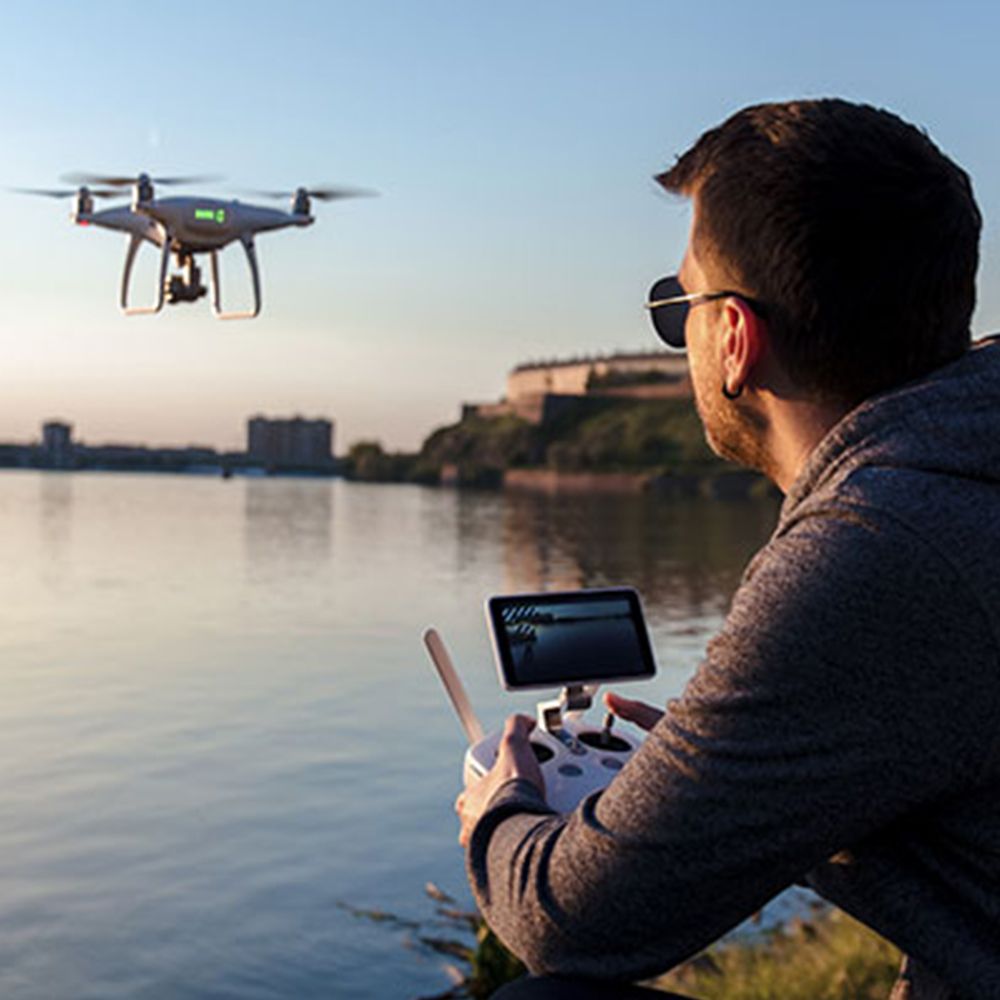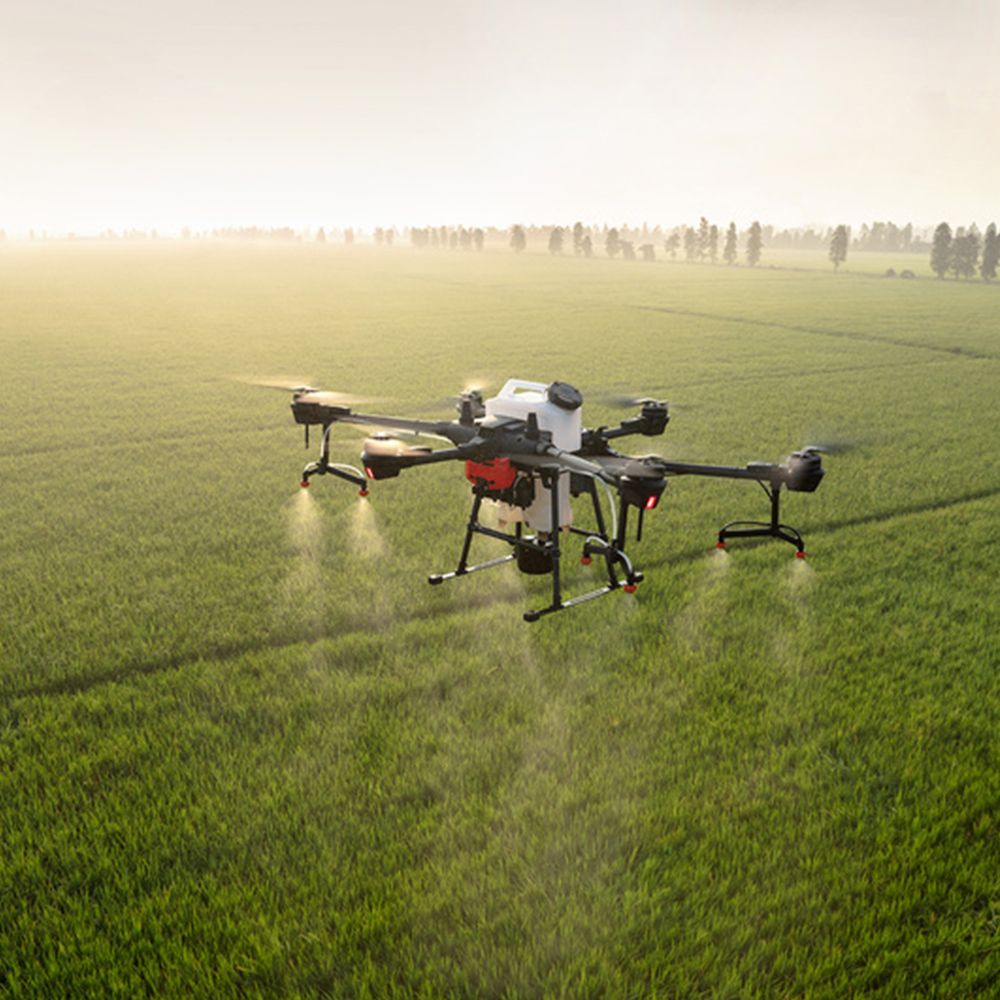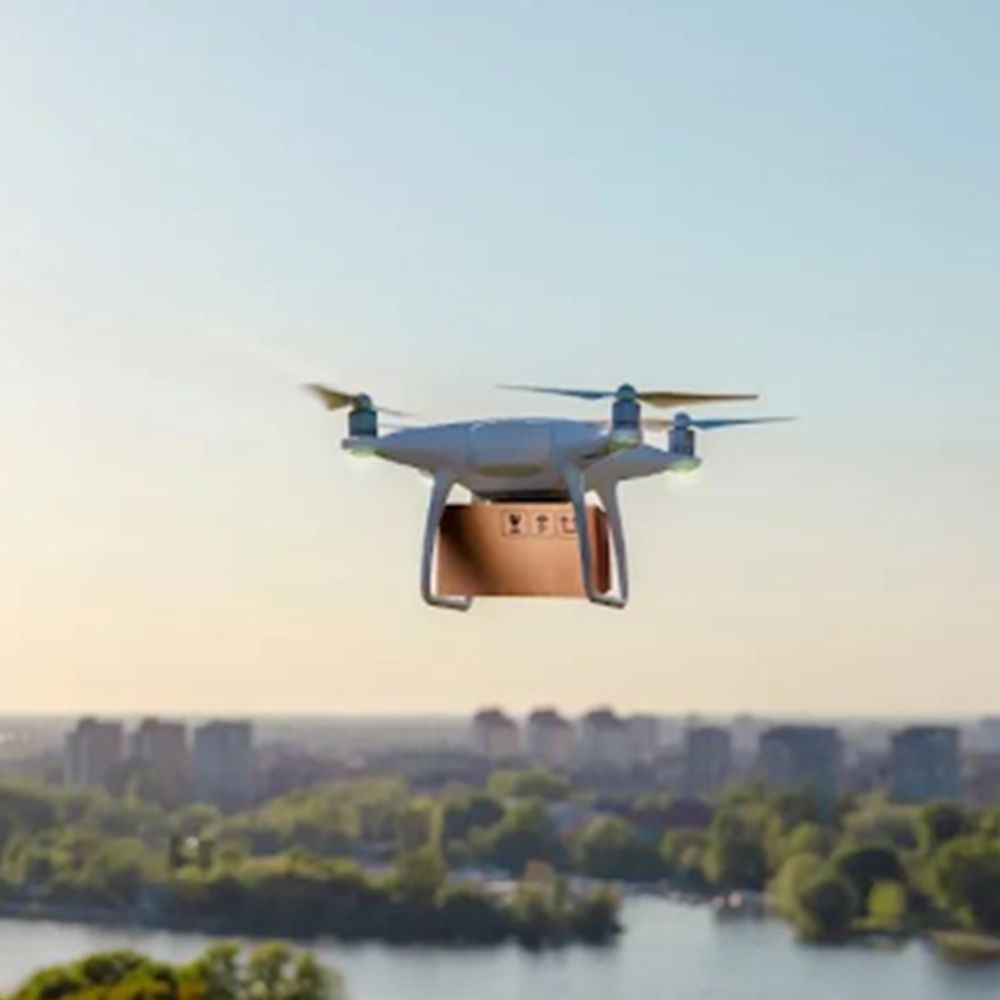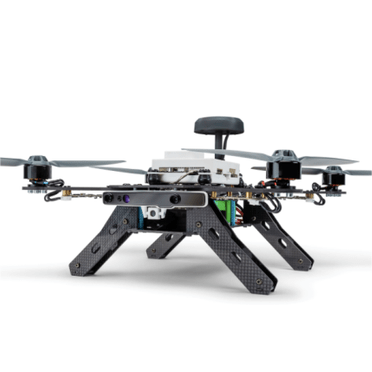Drones are getting smarter, faster, and more durable. But what if they could also fix themselves? The idea of self-repairing UAVs sounds like science fiction—but it might not stay that way for long.
Thanks to new materials and intelligent systems, drones with self-healing capabilities are becoming more realistic. Let’s explore how this technology works and what it could mean for the future of UAVs.
1. What Is a Self-Repairing Drone?
A self-repairing drone can detect damage and restore its function without human help. This can include fixing cracks, restoring broken circuits, or adjusting flight controls after impact. The goal is to keep the drone flying longer, even in harsh environments.
Recent research has shown promising results. For example, scientists have developed polymers that heal themselves when exposed to heat or light. These materials could be used in drone wings or bodies to automatically seal small cracks.
You can follow drone innovation updates and solutions on our UAV Solutions page.
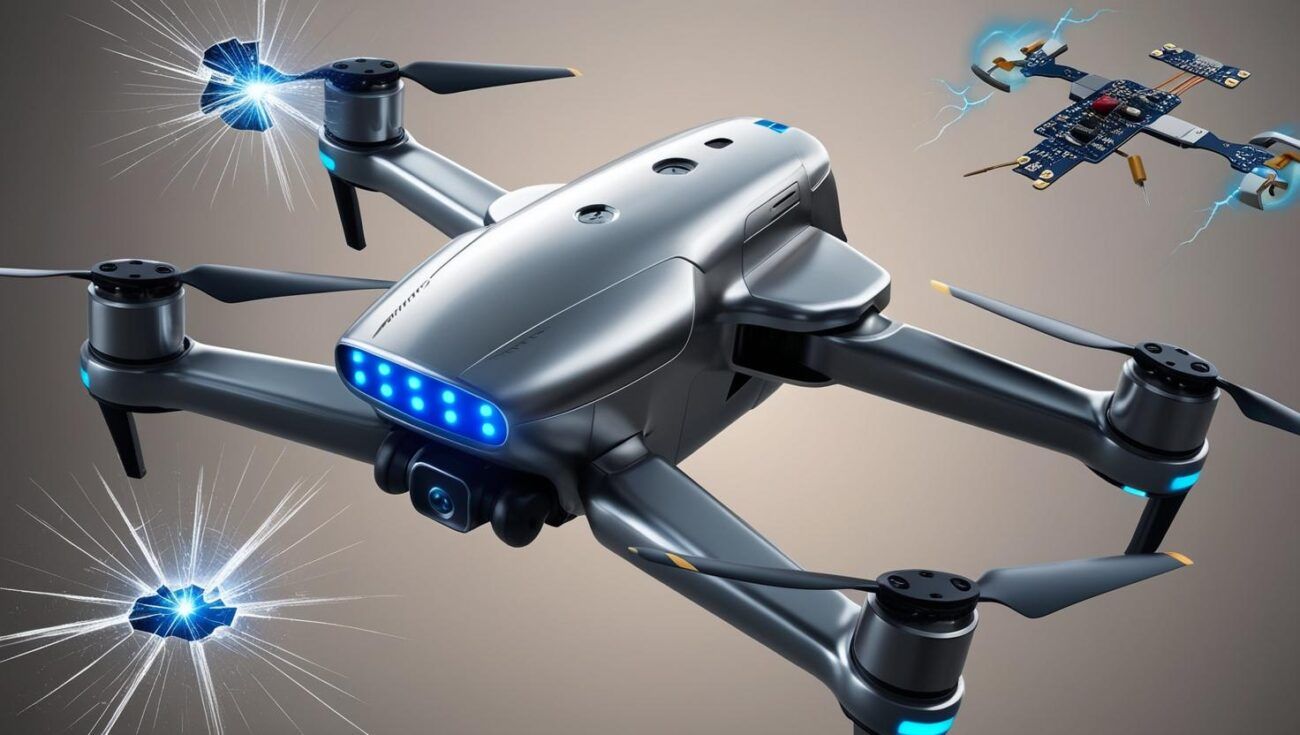
2. Why Does This Matter?
In many missions—especially in remote areas—repairing a drone on-site is impossible. If a drone could fix itself, it would reduce downtime and save costs. This is especially useful in areas like:
- Search and rescue
- Military surveillance
- Space exploration
- Environmental monitoring
For example, in space, sending repair teams is nearly impossible. But a self-healing drone could survive longer and complete its mission.
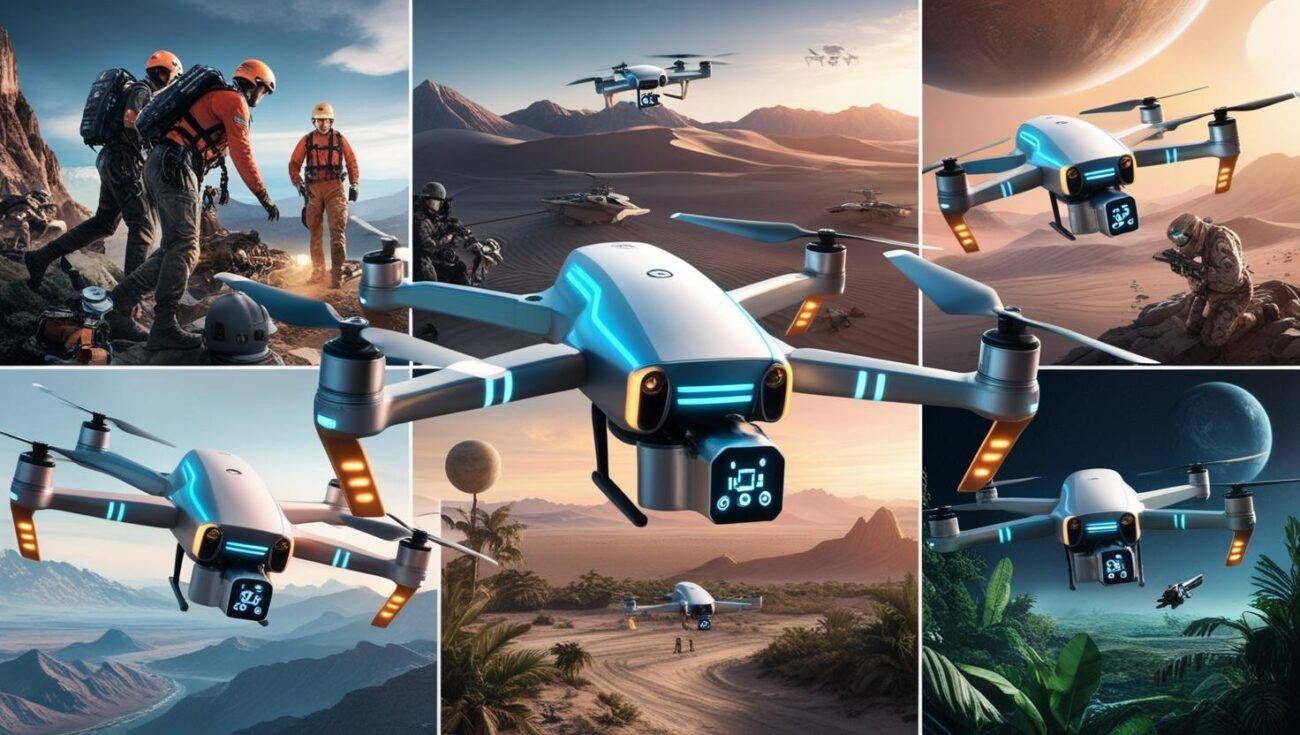

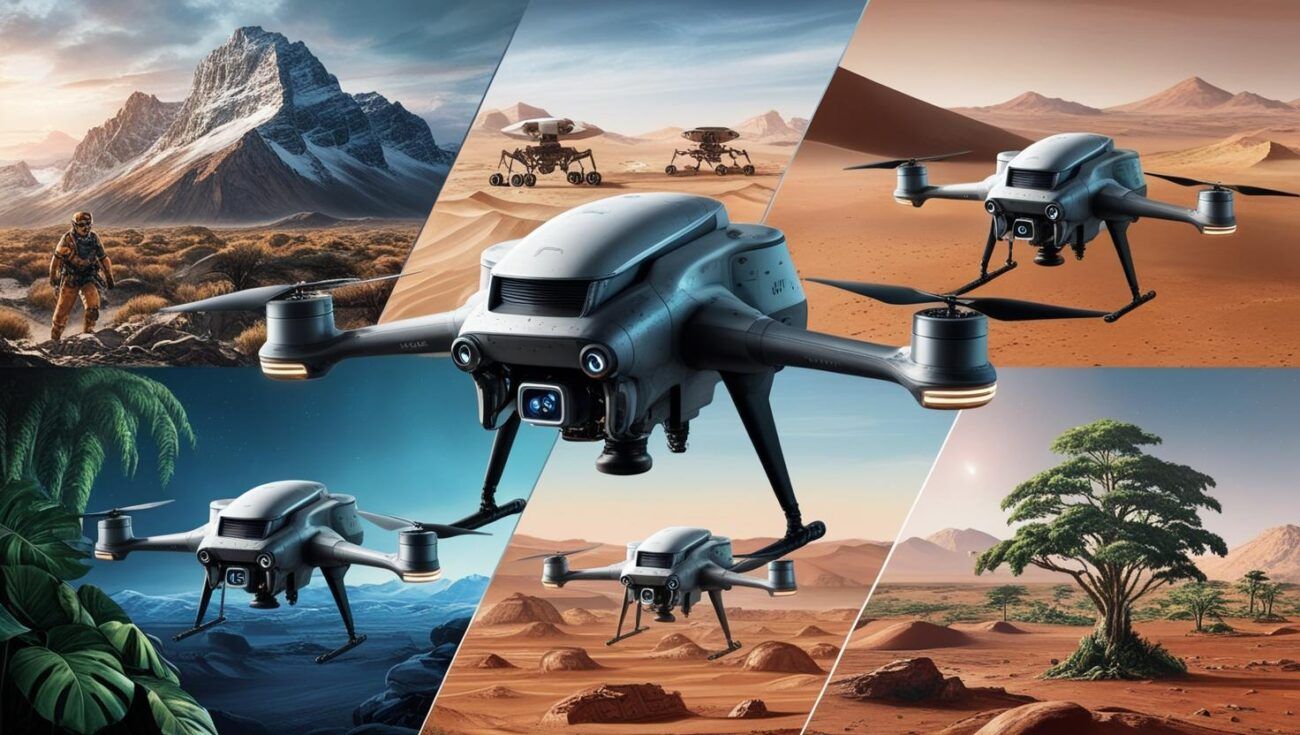
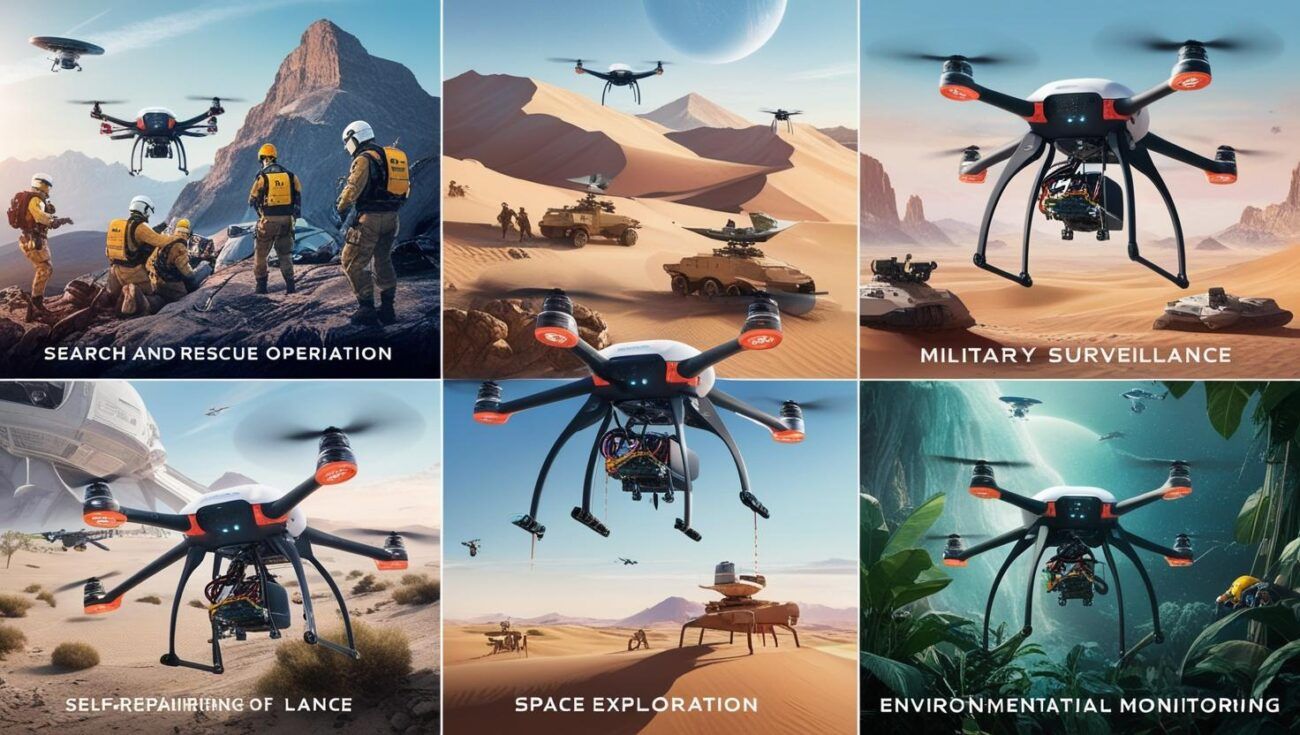
3. Real-World Experiments and Breakthroughs
Some research teams have already tested drones with self-healing wings. A study from the University of Bristol showed that UAV wings made from a special composite could recover from damage mid-flight. Other researchers are experimenting with AI-powered diagnostics, allowing drones to detect their own malfunctions and take action.
Want to dig deeper? Here’s a BBC article about drones with self-healing materials making headlines.
4. Challenges Ahead
Of course, we’re not fully there yet. Most self-repair systems only handle minor damage. Major structural breaks still need manual repair. The cost of smart materials is also high, which makes mass production difficult. However, progress is steady.
At CAE UJT, we keep an eye on these innovations. We believe the future of UAVs includes not just autonomy, but resilience.
Final Thoughts
Self-repairing drones may sound futuristic, but the building blocks already exist. As materials science and AI improve, these machines will become more independent, reliable, and unstoppable.
Interested in upgrading your drone fleet with cutting-edge tech? Visit our Products page and stay ready for what’s next in UAV innovation.
Facebook: Caeujt
Instagram: caeujt
TikTok: drone7401
Twitter: caeujtdrone

